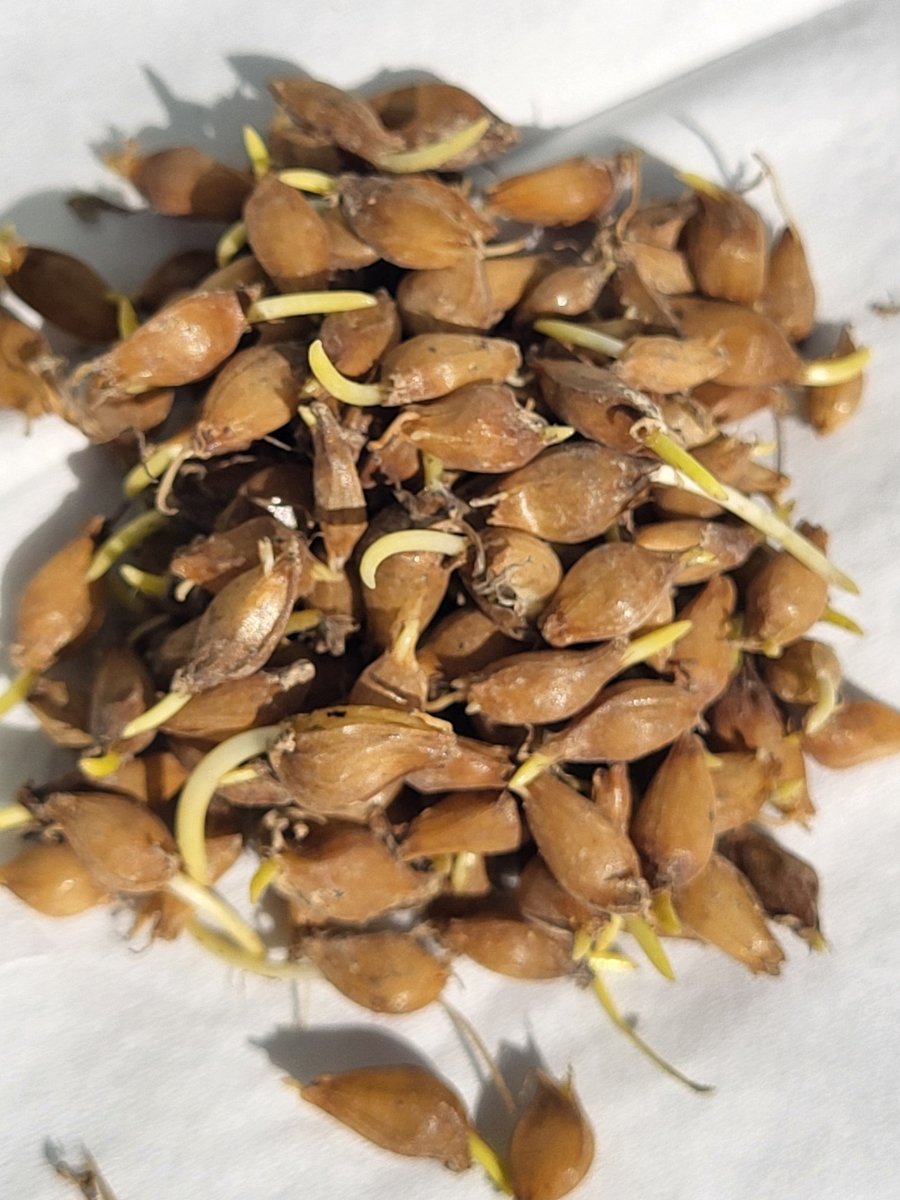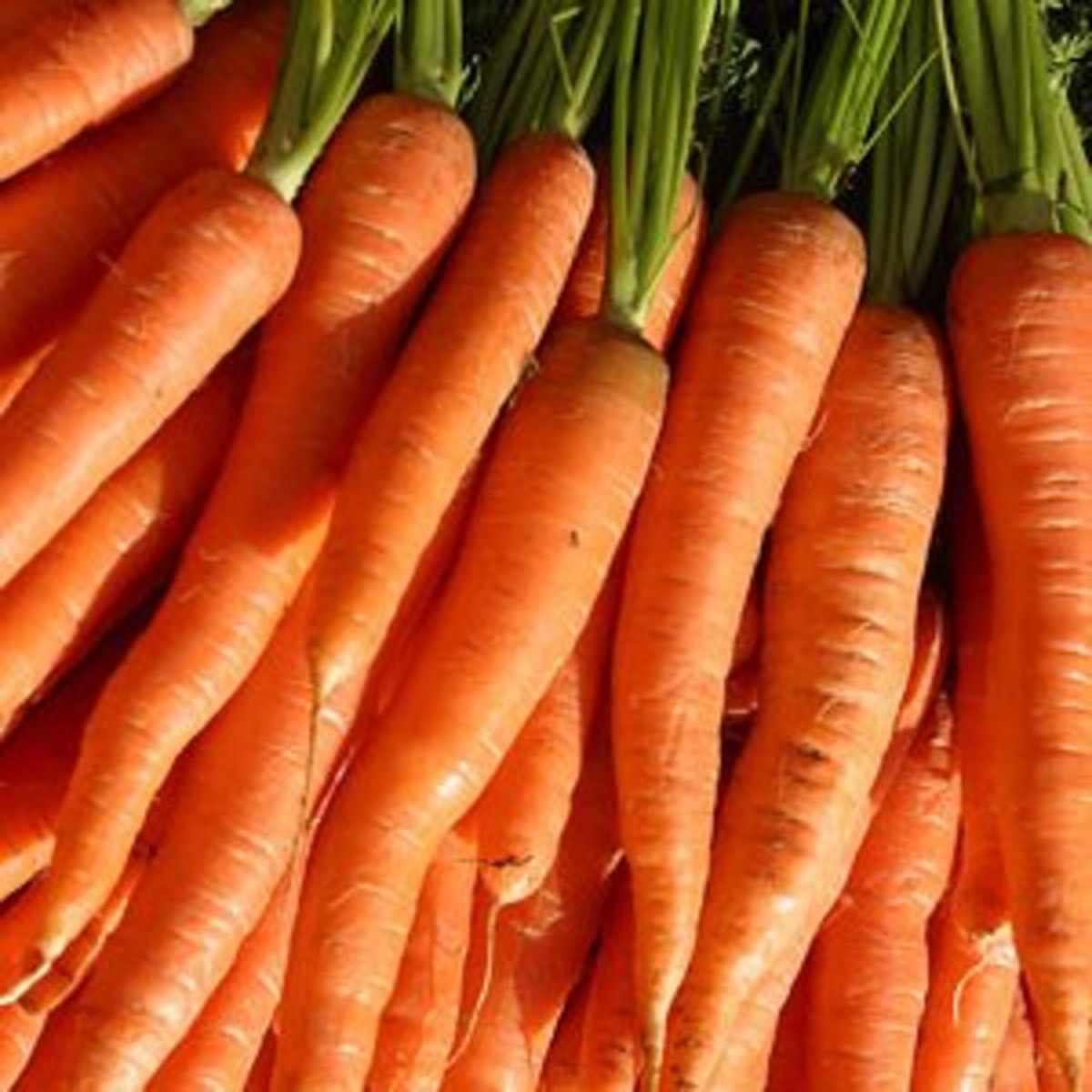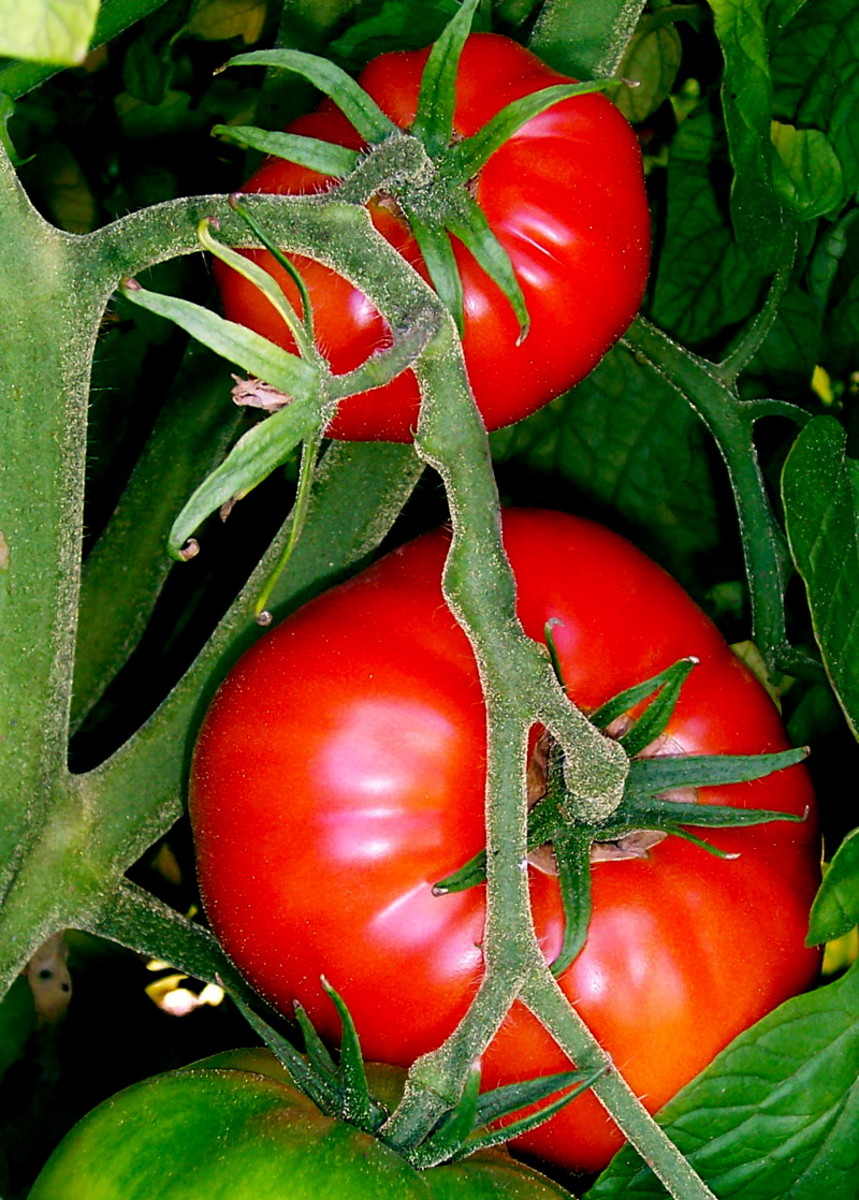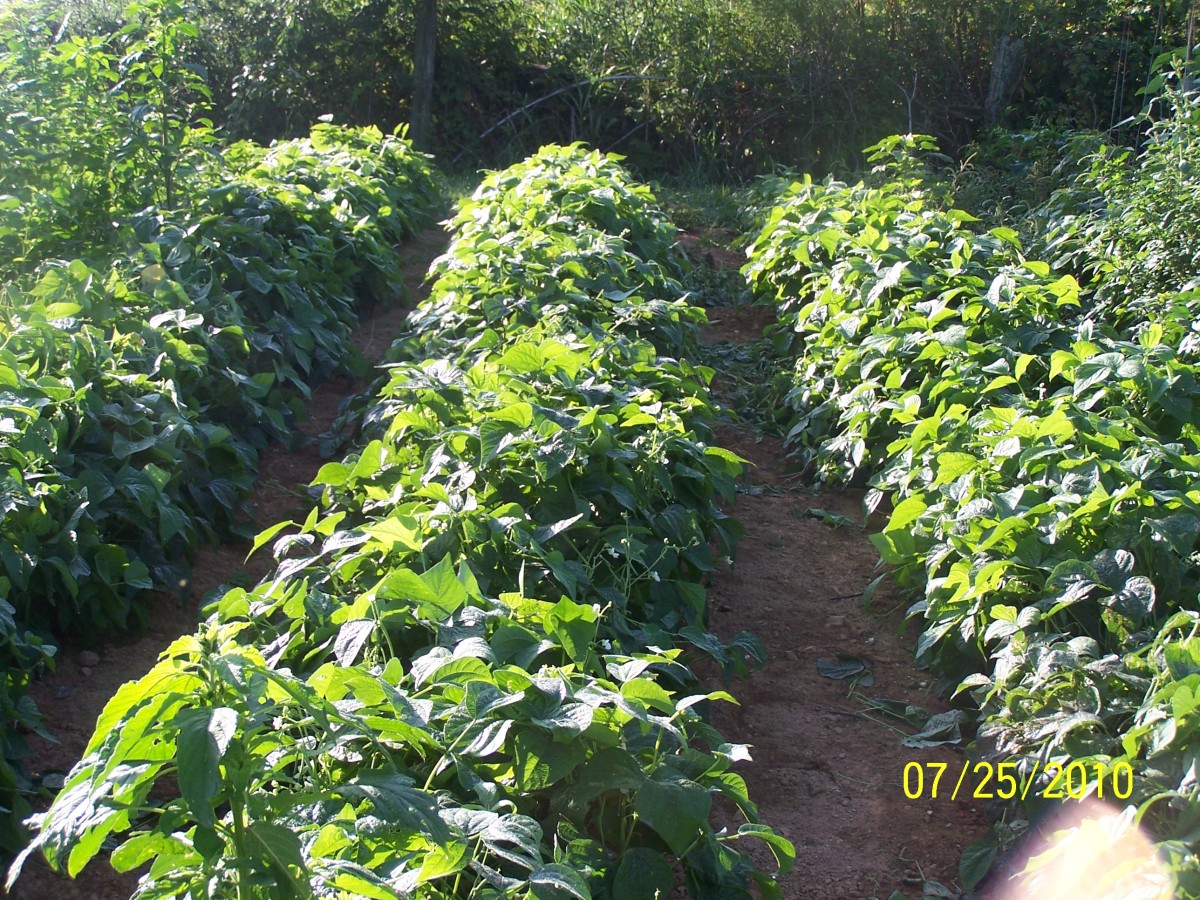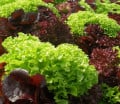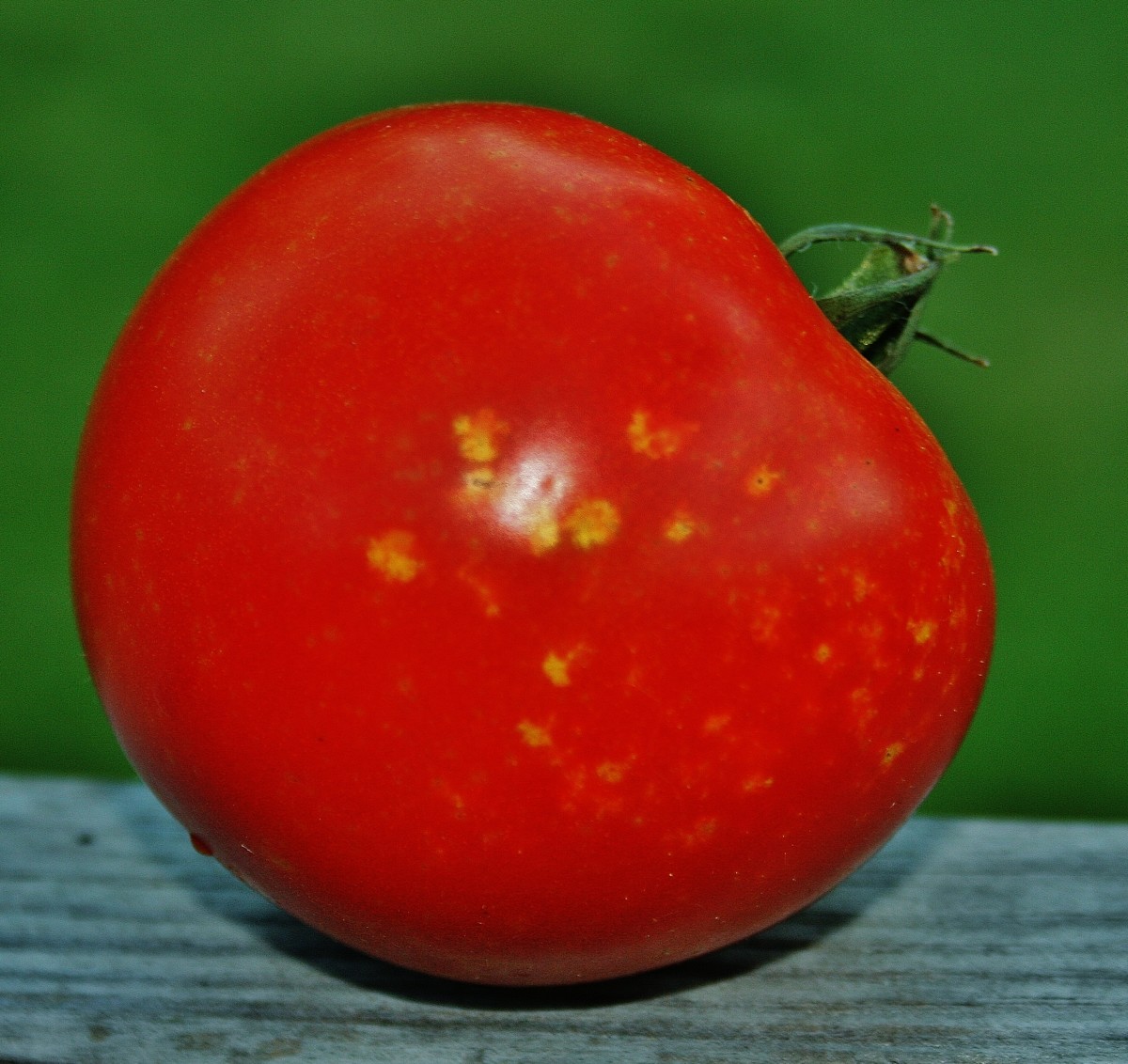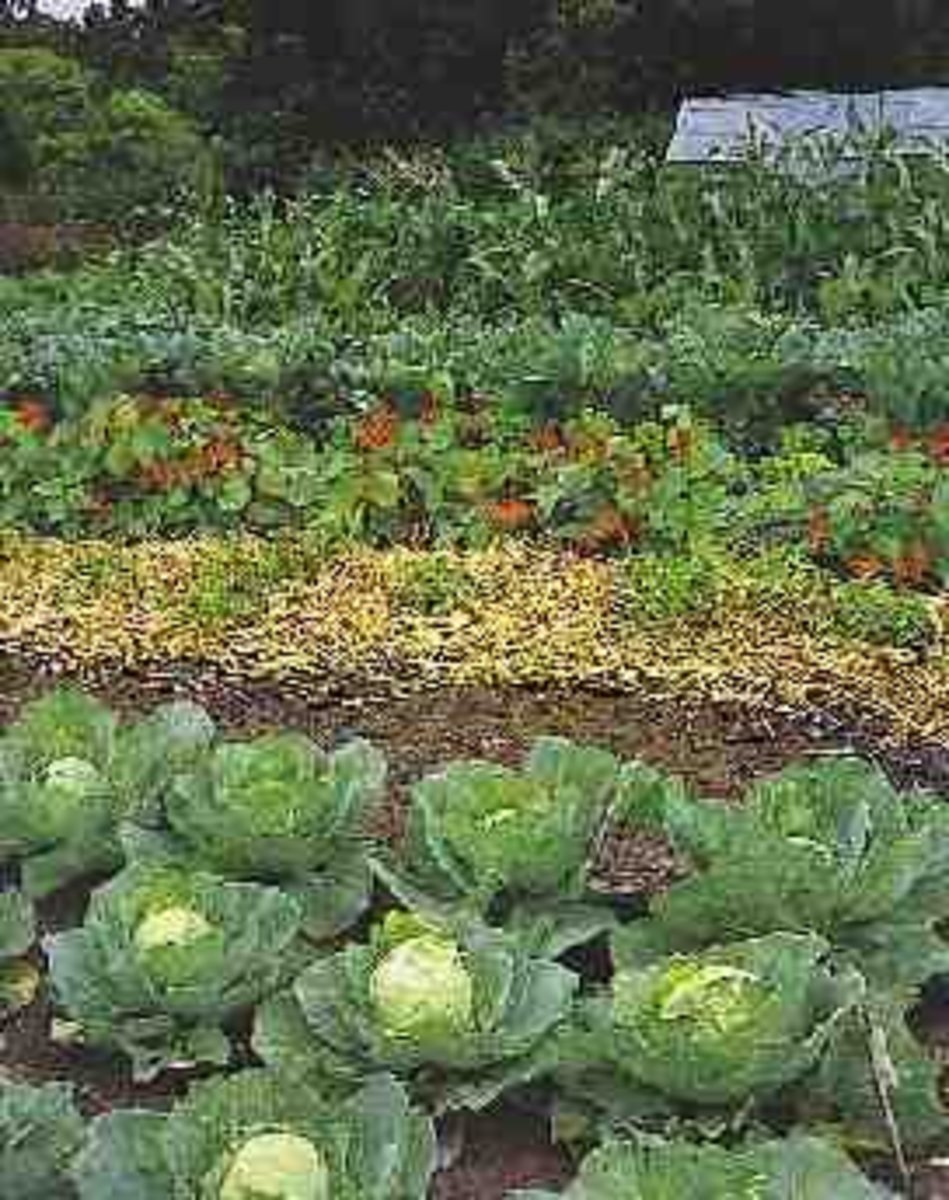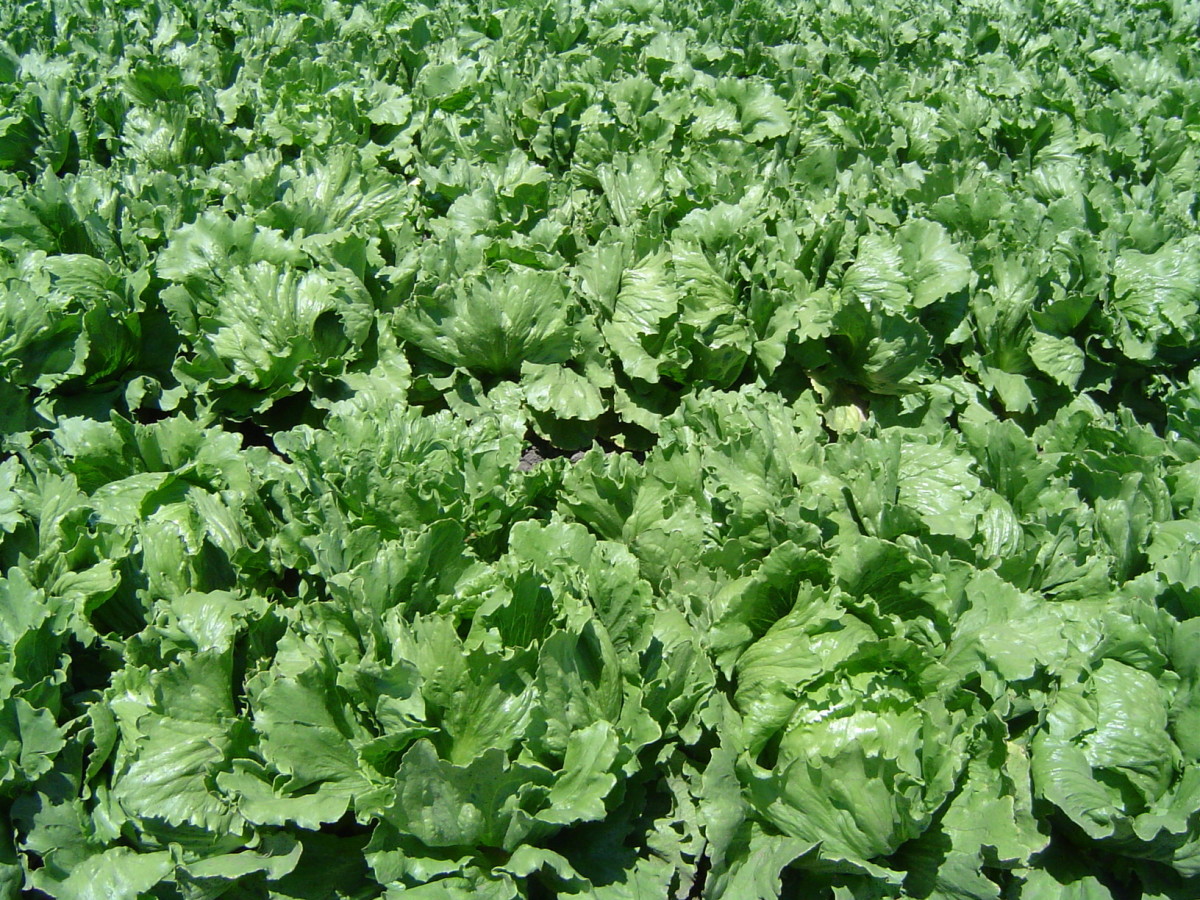Planting Carrots
Planting Fall Carrots
It is the middle of July and in some areas of the country, home gardeners are planning their fall garden, buying seeds, looking forward to cool temperatures and the fall harvest.
One of the vegetables that is good for year round, but especially the fall are carrots. Carrots can be grown year round in some areas as long as the soil does not freeze solid. Here in Texas, we can grow carrots year round since the soil never freezes hard or at least it hasn't in many years.
Carrots are a versatile crop. They can be eaten fresh, frozen, canned and if stored in a cool climate, they can last for weeks without having to be canned or frozen.
We are familiar with Bugs Bunny and his carrot eating. Carrots have many nutritional benefits but the main one is the mineral carotene which is good for the eyes.
Nutritionally speaking carrots are low in Saturated Fat and Cholesterol making them an excellent snack as well as side for meals. It is also a good source of Vitamin C, Vitamin B6, Folate, Pantothenic Acid, Iron, Potassium and Copper. They are also a good source of Fiber, Vitamin A, Vitamin K and Manganese.
Not only are they easy to grow, but they taste great and good for us. They do have high sugar content for a vegetable, but this just makes them taste better.
Carrots are great for carrot cake, carrot juice, cooking and eating raw. When growing your own carrots, make sure you do not get any seeds that have been effected GMOs. GMO's are genetically modified organisms which have been inserted to various foods to increase productivity or disease resistance. Some health experts suggest that we stay away from GMO foods.
Carrots are one of the easiest vegetable to grow. As long as the soil is kept moist and the crowns covered with dirt, you will have a good harvest. Carrots can have some insect and disease problems but there are many organic products to help us take care of our carrots.
My Napoli Carrots
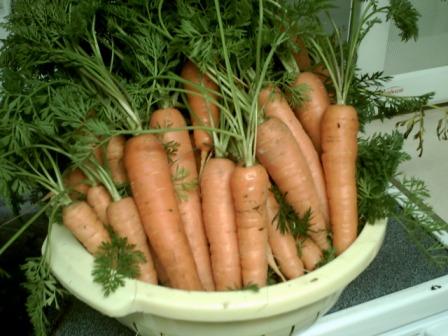
What Carrot to Grow
When it comes to carrots there are many choices to be made.
One choice is the color. Most carrots are orange but there are also yellow, white, purple and red.
Another choice is the size. Carrots can be short, stubby and one inch long. Or they can be long and tapered and 8 to 9 inches long.
Your growing season and soil conditions will determine which carrots to grow. If you soil is shallow then you will want a short growing carrot.
If you soil is deep, then you can grow the longer carrots.
If you have a short growing season, less than 90 days, then you will want to plant a short growing carrot. But if you have six months or so then you can grow a longer carrot.
Another choice you will have to make is to grow organic carrots or non-organic carrots.
Another choice is if you will be growing Hybrid or Open Pollinated carrots.
Organic carrot seeds and carrots are seeds and carrots that have been grown without using any man-made fertilizers or pesticides and meet the requirements found in the National Organic Program guide.
Hybrid seeds are seeds that have been produced by adding characteristics from several types of carrots into one. These are non-gmo though.
And one last choice you will have to make is if you want to use pelleted or non-pelleted seeds. Pelleted seeds have a white coating on them so they are easier to see which makes them easier to plant.
So you have a lot of surfing to do to pick out your favorite carrot.
But keep in mind, planting the carrots that are not orange may freak out some people. My daughter loves carrots but when I grew the purple ones, she would not eat them. Carrots have to be orange.
Carrot Seed Germination Guide

How to Plant Carrots
If you are new to gardening, then you may want to read up on preparing the soil and using raised garden beds. In some cases you may want to build a greenhouse or use row covers to help extend your season and harvest.
Myself, I use raised garden beds inside of a greenhouse I made out of PVC pipe. I like not having to get to ground level to work in the garden. Plus I can attach shade cloth to my greenhouse which helps keeps things a bit cooler inside during our hot summer months. But by the end of June and July to August, I usually do not plant anything. The water cost do not justify the harvest. It is amazing to me that we pay more for water, which is a natural resource, than we do for electricity, which is man-made.
Once you soil is prepared, take a hoe and make a V trench about two inches deep. Place you seeds in the trench. Cover the seeds with a 1/4 of soil. Later as the seedlings emerge and start growing you will fill in the rest of the trench. This will help keep the carrots completely covered which will help prevent greening. If any of the carrot is not covered it will green and not be good to eat.
Generally speaking the carrot seeds should be planted 3 to 4 inches apart. Any closer and you take a chance that the carrots will be small and not grow straight. The rows should be about six apart.
If you follow these directions, you should have a good, straight and bountiful harvest of delicious tasting carrots.
My preference is the Napoli. This carrot is an organic hybrid that comes in pelleted seeds. These are real easy to plant and grow. They also have a rich, carrot taste. They have a germination rate of about 70%. This means that out of 500 seeds you should get at least 350 to 400 carrots. This may not seem like a lot, but once you start harvesting and processing, you start to think you will never finish getting them ready for storage.
Favorite Carrot
My favorite carrot is the Napoli. It is organic and pelleted. It is a good carrot for the winter and will grow as long as the soil does not freeze. The Napoli is a specialized carrot with a strong, sweet, carrot taste especially when planted in the fall for winter harvest. In cold regions, the Napoli can be planted in a greenhouse. In milder climates plant outdoors in the open or protected with a fabric row cover. These carrots can grow up to 7 inches. The roots are cylindrical, smooth with blunt roots and strong tops.
The is a hybrid and cannot be used to re-produce seeds. The pelleted covering makes the seeds easy to plant because they are easy to see with the white coating.
Generally, when all conditions are right, they will be ready for summer harvest in about 58 days. In the fall and winter harvest will be ready in about 80 to 90 days.

![Nicexx [2018 Updated] iPhone 7 Plus Case/iPhone 8 Plus Case [New] Premium Luxury Slim Design Cell Phone Case [8 ft. Grade Drop Tested] iPhone 7 Plus/iPhone 8 Plus - (Black)](https://m.media-amazon.com/images/I/41tXdqHPZxL._SL160_.jpg)
